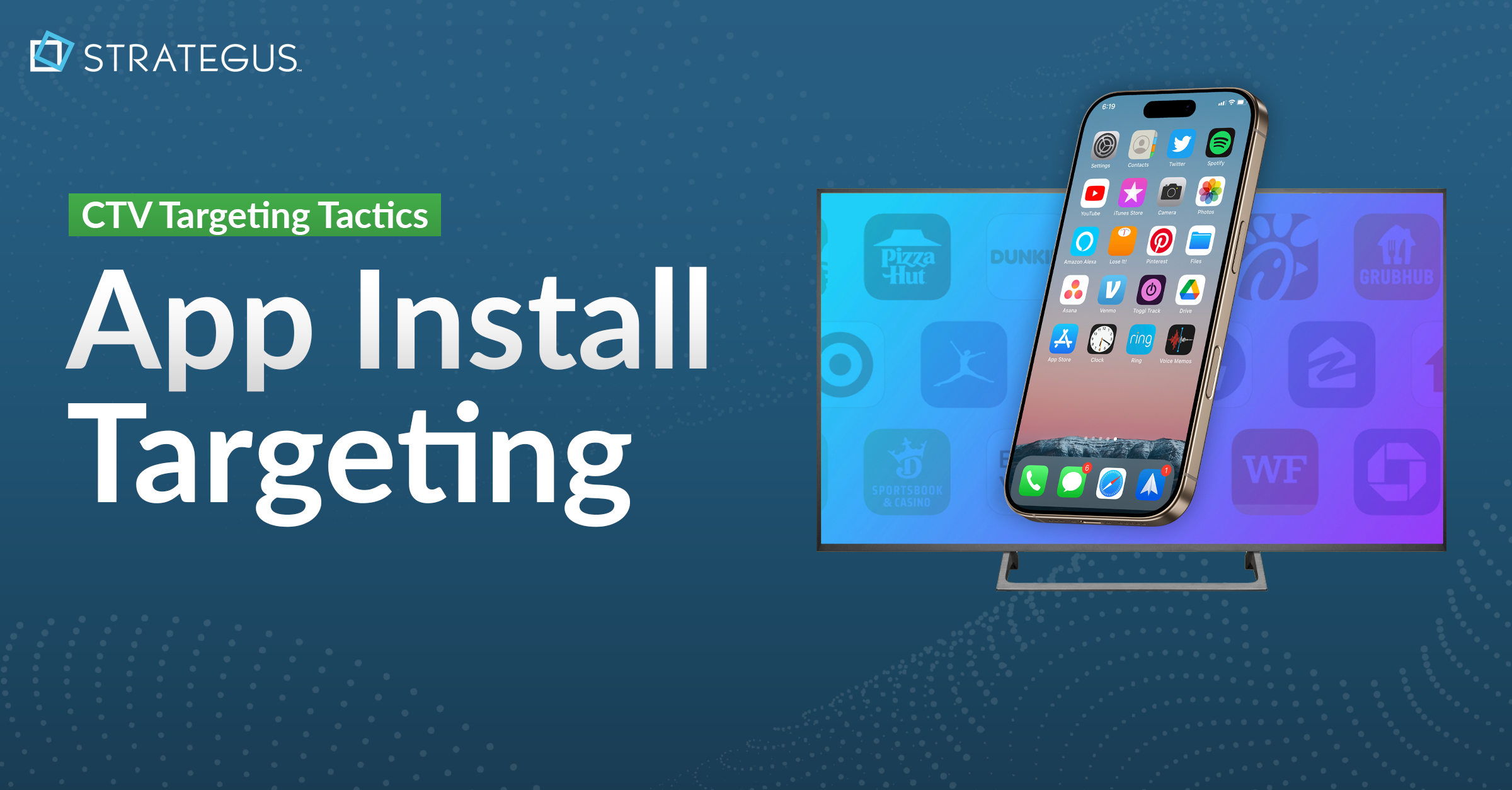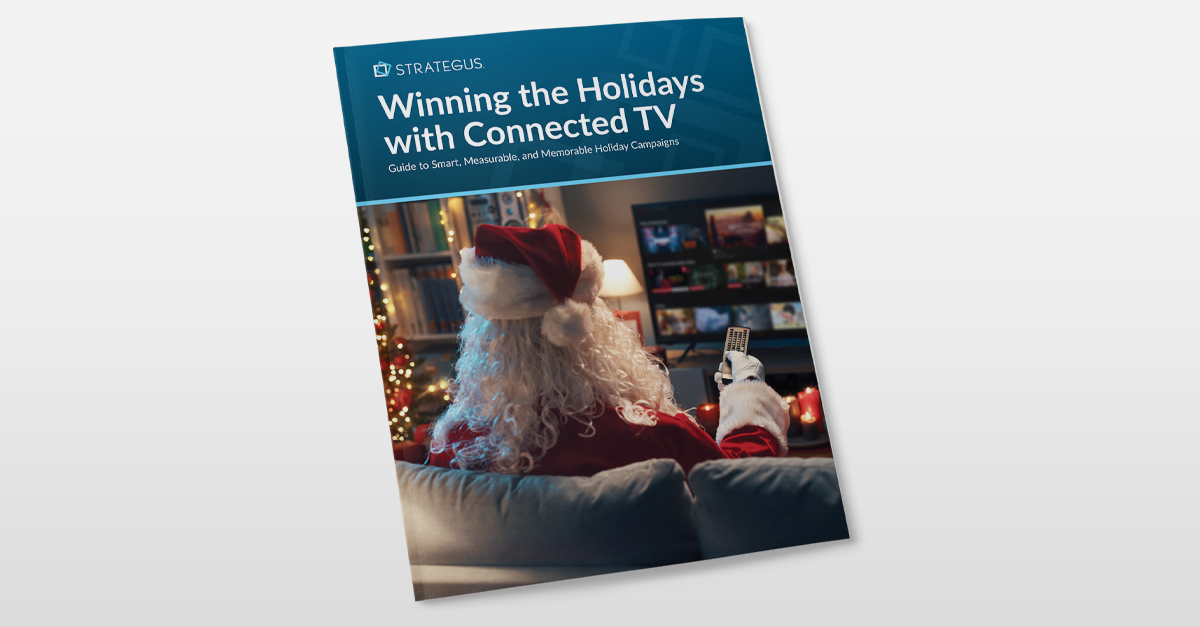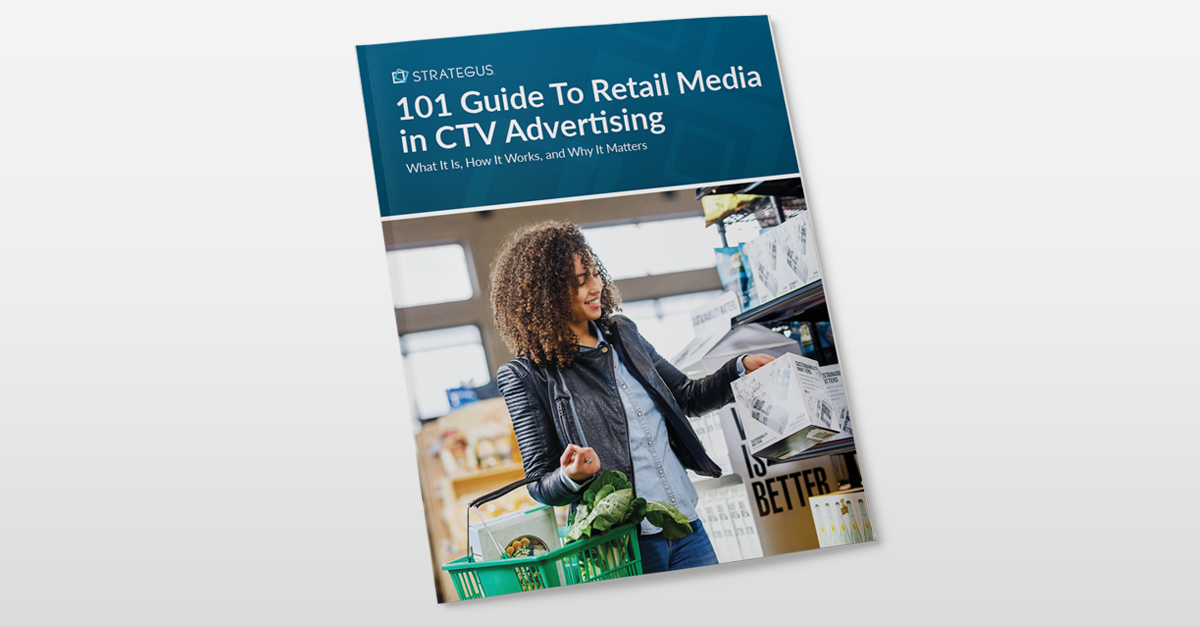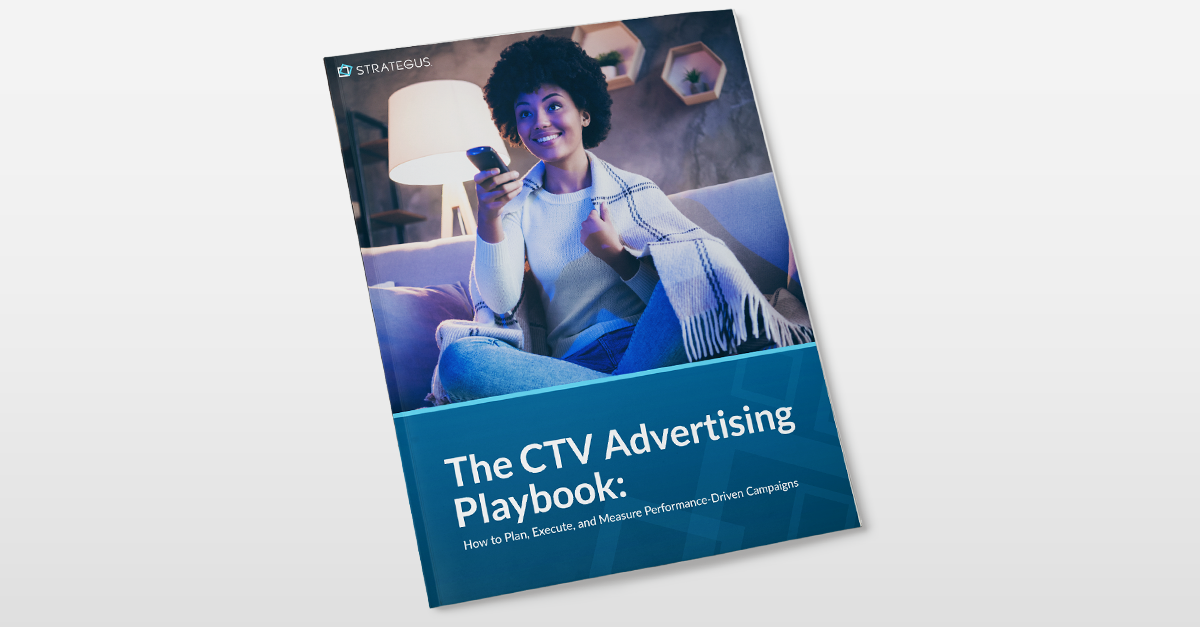- Home
- Strategus Blog
- Best AVOD Platforms for CTV Advertising in 2025
Best AVOD Platforms for CTV Advertising in 2025
 Andy Dixon
Andy Dixon
15 minutes read
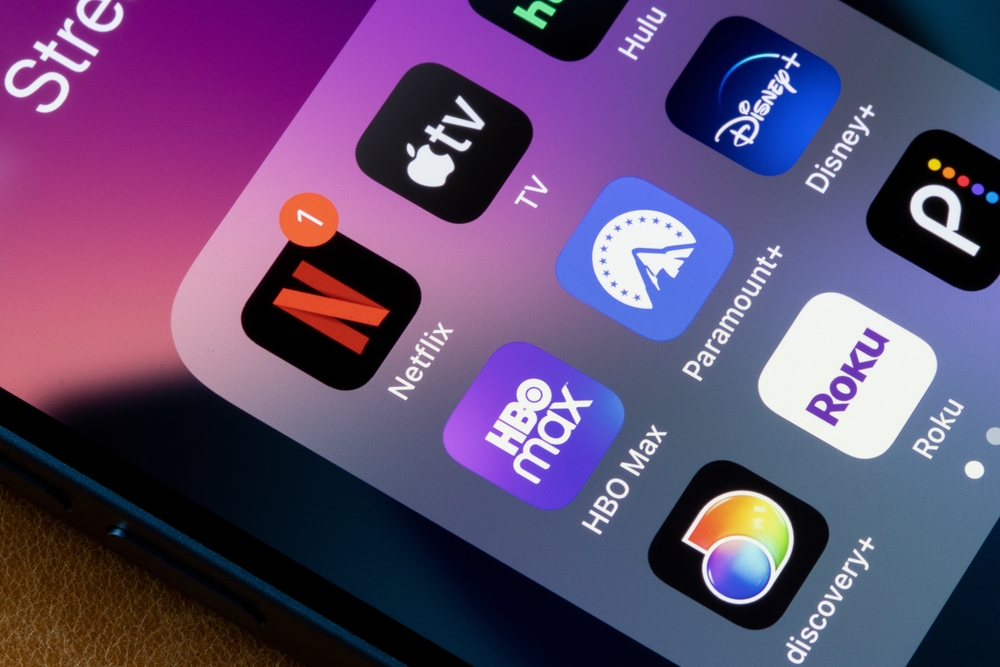
Finding the right place to run ads on Connected TV can be difficult. Advertisers want reach, but they also want platforms that deliver results without wasting budget.
AVOD platforms offer a cost-effective way to reach streaming audiences at scale. This guide talks about the best AVOD options to help you break into CTV with confidence.
6 Best AVOD Platforms for CTV Ads: At a Glance
|
Platform |
Overview |
Key Strengths |
|
YouTube |
World’s largest ad-supported video platform with massive reach across devices, including CTV. Offers advanced targeting and a wide range of ad formats. |
Global reach, deep targeting via Google Ads, strong CTV presence. |
|
The Roku Channel |
Free streaming platform built into Roku devices, giving access to millions of U.S. viewers. Uses Roku’s first-party data for targeting. |
Built-in CTV access, strong data insights, real-time optimization. |
|
Tubi |
Free service owned by Fox with a large content library across genres. Strong among younger and multicultural audiences. |
Large library, strong CTV usage, cost-effective. |
|
Pluto TV |
Paramount-owned free service combining live channels and on-demand content. Popular with cord-cutters. |
TV-like viewing experience, wide reach, strong CTV adoption. |
|
Hulu (Ad-Supported Tier) |
Established U.S. streaming platform with premium shows and originals. Offers advanced targeting through Disney’s data. |
Premium content, Disney data integration, advanced measurement. |
|
Peacock (Ad-Supported Tier) |
NBCUniversal’s hybrid streaming platform featuring live TV, movies, sports, and originals. Uses One Platform for targeting. |
Premium NBCU content, sports programming, innovative ad options. |
1. YouTube

YouTube is the world’s largest ad-supported video platform and one of the best ways for advertisers to reach audiences across devices, including Connected TV.
Viewers come to YouTube for almost everything like music, tutorials, entertainment, gaming, news, and live streams. This wide range of content creates constant opportunities for brands to show ads to highly engaged viewers.
For advertisers, YouTube offers detailed targeting powered by Google’s data. You can reach people based on age, gender, interests, search history, and even the type of content they watch. If you want to build awareness, you can run short bumper ads or skippable pre-rolls.
If your goal is conversions, you can use interactive formats with call-to-action buttons. YouTube also integrates with Google Ads, which means you can track performance and optimize campaigns in real time.
On Connected TV, YouTube has grown into a leader. Many households now watch YouTube on smart TVs or streaming devices, making it a natural fit for CTV advertising. This lets you target people in a living-room environment while still keeping the precision of digital.
The platform also provides brand-safety controls so your ads appear in suitable environments. Combined with flexible budgets, YouTube makes it easy to start small and scale when you see results.
If you are breaking into CTV, YouTube is a must-consider platform. It combines massive reach, precise targeting, and measurable results, giving advertisers a powerful way to connect with audiences at scale.
Pros
- Massive global reach across devices and CTV
- Advanced targeting through Google Ads data
- Wide range of ad formats for awareness and conversions
- Strong CTV growth with living-room viewing
- Scalable budgets suitable for small and large brands
Cons
- High competition drives rising ad costs
- Some concerns about ad fraud or invalid traffic
- Ad-skipping reduces exposure for certain formats
- Brand safety requires careful placement settings
- Performance depends on strong creative quality
2. The Roku Channel

The Roku Channel is one of the fastest-growing free streaming platforms in the U.S., giving advertisers a chance to reach millions of cord-cutters who prefer ad-supported content. Since it is built directly into Roku devices, the platform provides automatic access to a large CTV audience without extra cost or setup for viewers.
For advertisers, The Roku Channel offers first-party data collected from Roku devices, which helps with audience segmentation and targeting. You can reach viewers based on their viewing behavior, demographics, and even the type of content they consume.
On Roku, there are video ads, interactive overlays, and sponsorship opportunities across both live channels and on-demand libraries.
The platform stands out for its living-room presence, as Roku remains the leading connected TV device in the U.S. This makes The Roku Channel a powerful option for advertisers who want to deliver ads in a premium CTV environment.
In addition, Roku’s ad platform provides real-time reporting and campaign optimization, giving advertisers clear visibility into performance.
With a wide selection of content, strong distribution, and advanced targeting, The Roku Channel is a reliable AVOD partner. It allows advertisers to connect with audiences at scale, while ensuring that campaigns can be measured, optimized, and refined for better results.
Pros
- Built-in access to Roku’s large device ecosystem
- Strong first-party data for targeting
- Wide mix of ad formats including interactive options
- High engagement in a CTV environment
- Real-time reporting for optimization
Cons
- Primarily U.S.-focused with limited global reach
- Ad inventory can feel cluttered in some categories
- Less premium content compared to subscription platforms
- Strong competition for viewer attention
- Requires creative adaptation for best results
3. Tubi

Tubi is a leading free streaming service owned by Fox that has become a major player in the AVOD space. It offers one of the largest content libraries, spanning movies, TV shows, and live channels. For advertisers, this creates a chance to reach viewers across diverse interests while keeping costs competitive.
The platform is known for its broad reach, especially among younger and multicultural audiences. Advertisers benefit from audience targeting that includes demographics, interests, and viewing behavior.
Tubi also provides flexible ad formats, from standard pre-roll and mid-roll ads to branded content opportunities. This makes it possible to match campaign goals with the right placement.
A key advantage is Tubi’s presence on Connected TV devices. Viewers often stream Tubi through smart TVs, Roku, Fire TV, or gaming consoles, placing ads in a living-room environment where attention is stronger. Tubi also emphasizes brand safety and offers advertisers reporting tools to track and optimize campaigns.
With its fast growth and wide user base, Tubi is a cost-effective AVOD option for advertisers who want scale without overspending. Its mix of content, targeting, and household presence makes it one of the most accessible entry points into CTV advertising.
Pros
- Extensive content library across genres
- Strong reach among younger audiences
- Flexible ad formats for different goals
- High usage on CTV devices
- Affordable entry compared to premium platforms
Cons
- Limited premium or exclusive content
- Competition with larger platforms like YouTube and Hulu
- Ad loads can feel repetitive for viewers
- Less robust international presence
- Relies on broad targeting compared to some rivals
4. Pluto TV

Pluto TV is a free streaming service owned by Paramount that blends the feel of traditional TV with on-demand viewing. It offers hundreds of live channels plus a large library of movies and shows, all supported by advertising.
For advertisers, this creates opportunities to reach audiences who enjoy the lean-back experience of channel surfing. The platform has strong appeal because of its broad reach and unique content mix. Advertisers can tap into demographic and behavioral targeting, making it possible to align campaigns with specific audience segments.
Ad formats include standard video spots, sponsorships, and integrations within live channels, giving brands multiple ways to connect with viewers.
Pluto TV also thrives on Connected TV devices, where it feels like a familiar cable alternative. This makes it ideal for reaching cord-cutters who still prefer a linear experience.
The platform provides advertisers with measurement tools and reporting to track campaign performance, though its analytics are not as advanced as some premium platforms.
With its growing audience, recognizable brand, and TV-like environment, Pluto TV is a valuable AVOD option for advertisers who want scale and accessibility. It combines live and on-demand viewing in a way that keeps users engaged while giving brands consistent ad inventory.
Pros
- Wide audience reach with strong growth
- Combines live channels and on-demand content
- Multiple ad formats including sponsorships
- Strong adoption on CTV devices
- Appeals to cord-cutters seeking free TV-like content
Cons
- Primarily U.S.-focused with limited global reach
- Analytics less advanced than premium platforms
- Ad clutter can reduce viewer attention
- Limited high-end or exclusive content
- Viewers may treat it as background TV instead of focused watching
5. Hulu (Ad-Supported Tier)

Hulu is one of the most established streaming platforms in the U.S. and offers advertisers access to a large and loyal audience. Its ad-supported tier includes hit TV shows, movies, and original content, giving brands opportunities to align with premium programming that viewers actively choose to watch.
For advertisers, Hulu provides advanced targeting powered by Disney’s data ecosystem. You can reach audiences by demographics, location, and interests, or use more refined behavioral and contextual targeting.
Hulu supports several ad formats, including pre-rolls, mid-rolls, interactive ads, and even pause ads that appear when viewers stop playback. This flexibility allows campaigns to be tailored to awareness or conversion goals.
Hulu also has strong CTV penetration, with most viewers accessing the platform through smart TVs, streaming devices, or consoles. This gives advertisers a living-room presence with premium ad inventory.
In addition, Hulu’s platform offers detailed reporting and optimization tools, helping brands track performance and adjust strategies in real time.
With its reputation for quality content and deep integration into the Disney ecosystem, Hulu’s ad-supported tier is a trusted AVOD option for advertisers.
It combines reach, premium placement, and reliable measurement, making it ideal for brands that want both scale and association with respected programming.
Pros
- Access to premium content including originals and network TV
- Advanced targeting with Disney’s data ecosystem
- Multiple interactive ad formats beyond standard video
- Strong CTV presence in U.S. households
- Reliable measurement and reporting tools
Cons
- Available mainly in the U.S. market
- Higher CPMs than many other AVODs
- Limited flexibility for small-budget advertisers
- Ad load may feel heavy compared to competitors
- Competition with Disney’s own platforms like Disney+ ad tier
6. Peacock (Ad-Supported Tier)

Peacock, owned by NBCUniversal, is a fast-growing hybrid streaming service that combines live TV, movies, and original programming.
Its ad-supported tier offers advertisers the chance to align with premium content, including news, sports, and entertainment that audiences actively seek out. This makes it a strong choice for brands that value both reach and quality.
For advertisers, Peacock provides targeted ad solutions through NBCUniversal’s One Platform. You can reach audiences based on demographics, behavior, and content preferences.
The platform supports multiple ad formats, including pre-roll, mid-roll, sponsorships, and innovative options like shoppable ads. These formats allow brands to engage viewers in ways that go beyond standard video placements.
Peacock also benefits from its strong sports programming, including NFL games, Premier League, and the Olympics. This gives advertisers unique opportunities to connect with audiences during high-engagement events.
On Connected TV, Peacock ensures a living-room presence, supported by data-driven reporting and campaign optimization tools that help maximize ROI.
By combining network-quality content with flexible ad options, Peacock stands out as a reliable AVOD platform for advertisers. It bridges the gap between traditional TV and digital streaming, by providing the scale of broadcast with the precision of digital targeting.
Pros
- Access to premium NBCUniversal content
- Strong sports programming for high engagement
- Variety of innovative ad formats including shoppable ads
- Integration with NBCUniversal One Platform for targeting
- Data-driven reporting for campaign optimization
Cons
- Primarily U.S.-focused, limited global reach
- Ad inventory can become saturated during peak shows
- Higher CPMs compared to smaller AVODs
- Content library smaller than Netflix or Hulu
- Requires strong creative assets to stand out
How to Select the Right AVOD Platform for Advertising
Choosing the right AVOD platform is not about picking the biggest name. It is about finding the platform that best matches your goals, audience, and budget. Here are the steps to guide your decision.
- Define Your Campaign Goals: Start by asking what you want to achieve. Do you want brand awareness, direct sales, or audience engagement? Platforms like YouTube are great for reach, while Hulu and Peacock work better for premium association. Match your platform choice with your primary goal.
- Know Your Audience: Check where your audience spends time. Younger viewers may watch more Tubi and YouTube, while sports fans lean toward Peacock or Hulu. Use audience research to match demographics and viewing habits with the platform’s strengths.
- Look at Targeting Options: Different platforms offer different targeting. YouTube and Amazon Prime Video give deep targeting powered by first-party data, while Pluto TV and Tubi focus on broad reach. Pick the platform that lets you target your audience with precision.
- Consider Content Quality: Your ads will perform better when placed alongside strong, relevant content. Premium platforms like Hulu, Peacock, and Prime Video provide higher-quality environments. If cost efficiency matters more, platforms like Tubi and Pluto TV may be better.
- Check Costs and Flexibility: CPMs can vary widely. Some platforms allow smaller budgets and easy scaling, while others require higher commitments. Review your budget and select a platform that lets you test, learn, and then grow.
- Measure and Optimize: Make sure the platform offers reporting and tracking that match your needs. Choose platforms that give real-time insights so you can adjust creative, targeting, and spend quickly.
What are the Benefits of AVOD Marketing
AVOD marketing gives advertisers a way to reach audiences who prefer free content supported by ads. As more viewers move from cable to streaming, AVOD platforms have become an important channel for brands.
Here are the main benefits you should know:
- Large and Growing Reach: Millions of people use AVOD platforms every day. Services like YouTube, Tubi, Pluto TV, and Prime Video give advertisers access to audiences that no longer watch traditional TV. This makes AVOD one of the fastest ways to scale campaigns.
- Cost Efficiency: AVOD advertising is often more affordable than linear TV. Advertisers pay based on impressions or completed views, which means budgets can be stretched further. Platforms also allow small tests before scaling, so you can learn without heavy upfront costs.
- Advanced Targeting: Unlike cable, AVOD platforms provide detailed targeting. Brands can reach people by demographics, interests, location, or even shopping behavior. This makes ads more relevant and reduces wasted spend. Platforms like YouTube and Amazon Prime Video are especially strong in this area.
- High Viewer Engagement: Most AVOD viewing happens on Connected TVs in the living room. This environment creates a more focused experience than mobile scrolling. Viewers are often relaxed and paying attention, which helps ads leave a stronger impression.
- Measurable Results: AVOD platforms provide reporting tools that show impressions, view rates, clicks, and conversions. Advertisers can track performance in real time and adjust campaigns quickly. This level of transparency makes it easier to prove ROI compared to traditional TV.
- Flexibility in Creative Formats: AVOD supports a range of ad formats such as short bumpers, skippable pre-rolls, mid-rolls, interactive ads, and even shoppable units. Advertisers can pick formats that fit their goals, whether that is awareness or direct sales.
Closing Thoughts — Ready to Get Started with AVOD Marketing?
Choosing the right AVOD platform is only the first step. To get real results, you need the right partner to handle strategy, targeting, optimization, and measurement. That is where Strategus comes in.
With Strategus, you get:
- Access to premium CTV and AVOD inventory across top platforms
- Advanced targeting that uses first-party data, audience segments, and real-time behavior
- Cross-device retargeting to reach viewers beyond their TVs and keep your brand top of mind
- A transparent reporting dashboard with 24/7 insights into performance
- A dedicated ad operations team that continuously optimizes your campaigns
Strategus makes AVOD advertising simple, scalable, and effective. Instead of managing multiple platforms on your own, you can partner with experts who focus on results.
Take the next step today. Speak to a Strategus expert and start building AVOD campaigns that deliver measurable impact.
Frequently Asked Questions
How To Advertise On AVOD?
To advertise on AVOD, start by choosing the right platform like YouTube, Tubi, or Pluto TV. Set your campaign goals and define your audience. Work with the platform or a partner agency to run ads. You can use pre-rolls, mid-rolls, or interactive formats. Always track performance and adjust for better results.
How to Buy or Get Technology With Streaming Services and Media Tech?
You can buy or access streaming ad technology through the platforms themselves or through partners called DSPs, or demand-side platforms. These tools help you place ads across AVOD and CTV. Some companies also offer managed services, where they handle targeting, optimization, and reporting, so you can focus on your strategy.
What is AVOD in Media?
AVOD stands for ad-supported video on demand. It is a streaming model where people watch shows, movies, or live channels for free but see ads during the content. Examples include YouTube, Tubi, and Pluto TV. AVOD is popular because it balances free access for viewers and ad opportunities for brands.
What is SVOD and AVOD?
SVOD means subscription video on demand. Viewers pay a monthly fee to access content without ads, like Netflix or Disney+. AVOD means ad-supported video on demand, where viewers watch content for free but see ads. Advertisers prefer AVOD because it combines wide reach with measurable engagement opportunities across devices.
How Much Does AVOD Advertising Cost?
The cost depends on the platform and targeting options. Most AVOD ads are sold on CPM, or cost per thousand impressions. Rates can start around $10 and go up depending on content quality and audience. You can begin with small budgets, test performance, and then increase spend once you see results.
Which AVOD Platforms are Best for Small Businesses?
Small businesses can start with YouTube, Tubi, or Pluto TV because they allow flexible budgets and wide reach. These platforms make it easier to test campaigns without high commitments. Partnering with a managed service provider also helps smaller brands get access to premium inventory and advanced targeting without large upfront costs.
What Type of Ads Work Best On AVOD?
Short and engaging ads perform best on AVOD. Six-second bumper ads and 15–30 second pre-rolls keep attention while delivering the message clearly. Interactive formats like shoppable ads or clickable CTAs work well for conversions. Strong creative with clear branding in the first few seconds always improves results on streaming platforms.
Can AVOD Help Drive Sales or Only Awareness?
AVOD can drive both sales and awareness. For brand awareness, it reaches wide audiences at scale. For sales, advanced targeting and interactive formats help capture interest and push conversions. Many advertisers also retarget viewers across devices, turning initial exposure into measurable sales or leads with strong campaign design.
How Do Advertisers Measure Success On AVOD?
Advertisers measure success through metrics like impressions, completed views, click-through rates, and conversions. Some platforms also support advanced measurement, including lift studies or cross-device attribution. Tracking depends on campaign goals. If your goal is awareness, focus on reach and views, while sales campaigns should track conversions and return on ad spend.
Should Advertisers Manage AVOD Campaigns Themselves or Hire a Partner?
You can run campaigns directly on platforms, but it requires time and expertise. Hiring a partner like a managed service provider gives you access to premium inventory, advanced targeting, and optimization support. This approach saves time and often delivers better results, especially if you are new to CTV and AVOD advertising.

Andy Dixon is a seasoned Content Writing Specialist at Strategus, renowned for his expertise in creating engaging and impactful digital content. With over a decade of experience in content creation, Andy has honed his skills in a variety of niches, ranging from technology and marketing to education.
Strategus is a managed services connected TV(CTV) advertising agency with over 60,000+ campaigns delivered. Find out how our experts can extend your team and drive the result that matter most.
Talk to an Expert
Table of Contents
Seeking a Custom CTV Strategy That Delivers?
What to read next
App Event Tracking: Tie Mobile App Activity to CTV Campaigns
Let’s say you’re running a CTV campaign for a personal finance app.
5 minutes read

Stop Guessing Who Your Audience Is — Let Their Apps Tell You
Connected TV (CTV) targeting often falls in one of two camps.
8 minutes read
See Who Bought After Your Ad + How Much They Spent
You can’t improve what you can’t measure. And for years, that’s been a major problem with TV advertising.
4 minutes read

First-Party Attribution: Match Ads to Sales With CRM Data
The value of first-party data continues to grow.
7 minutes read



